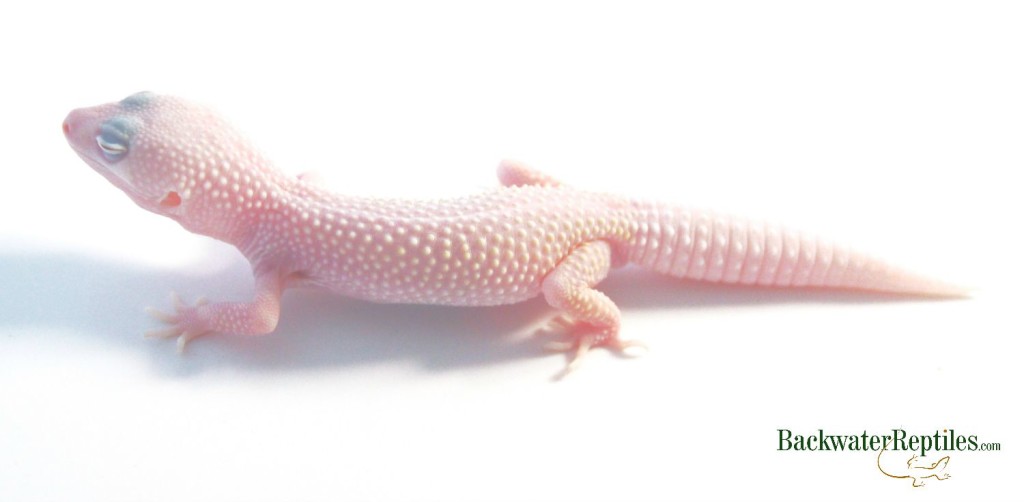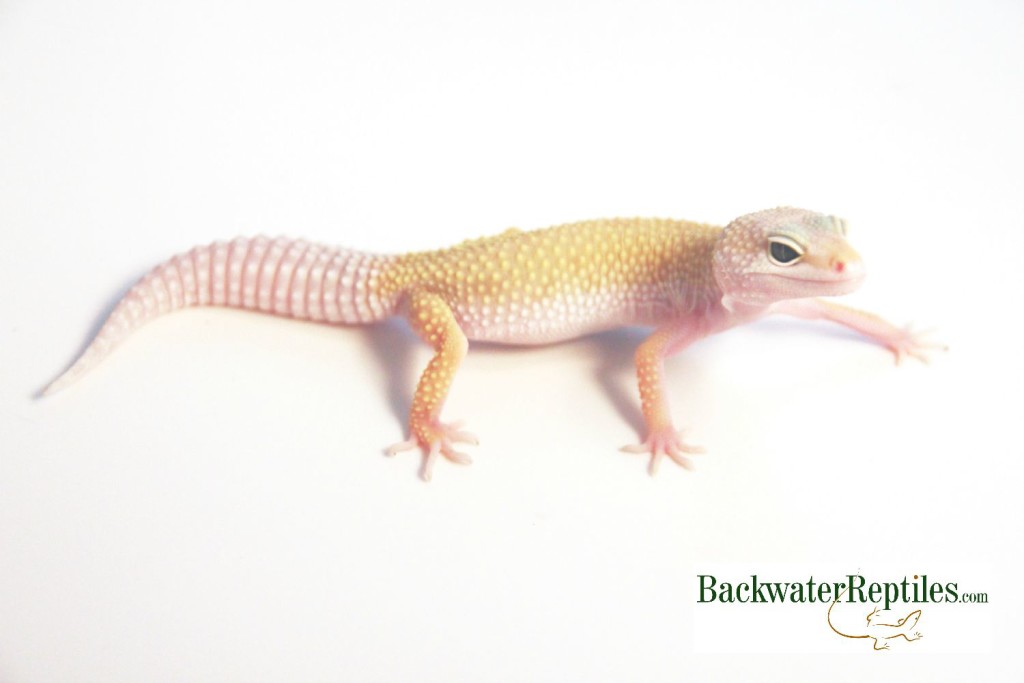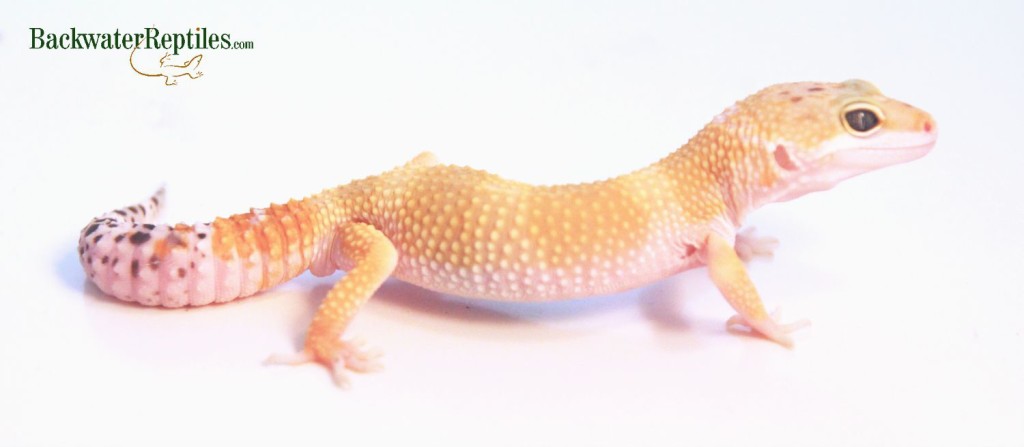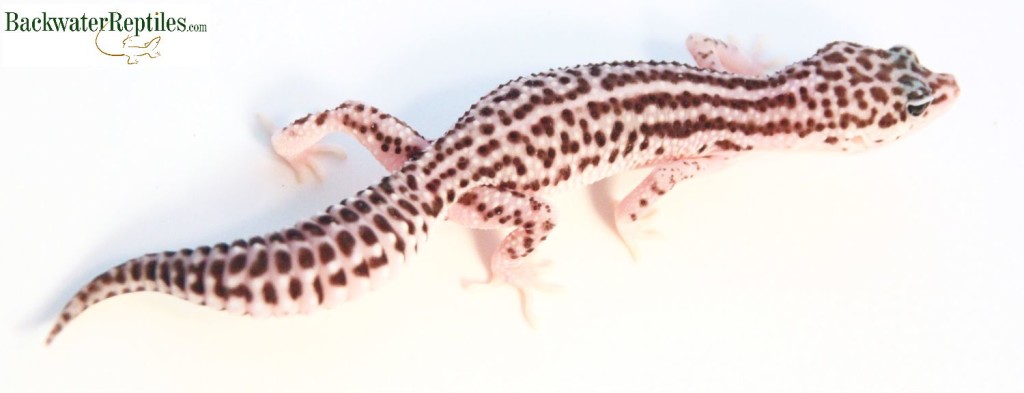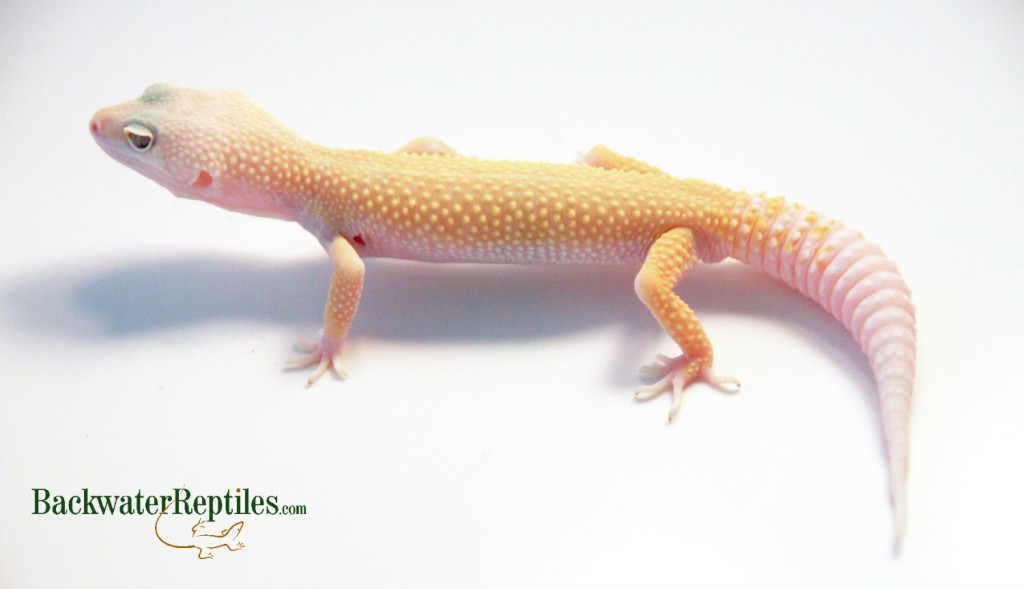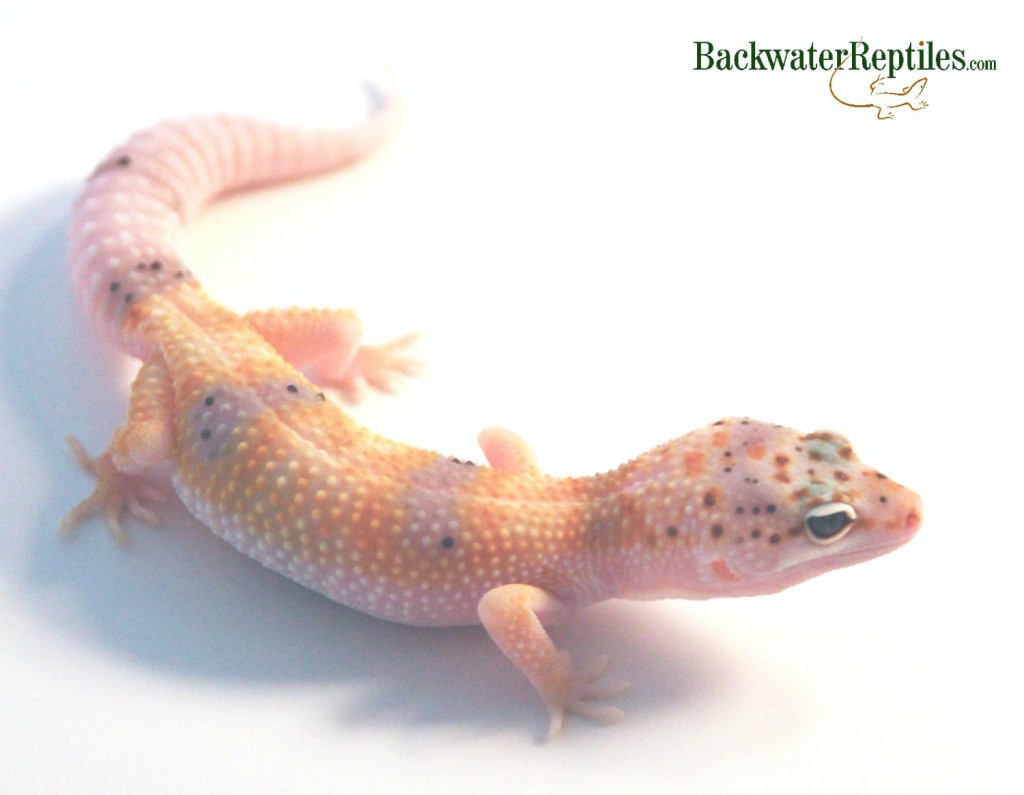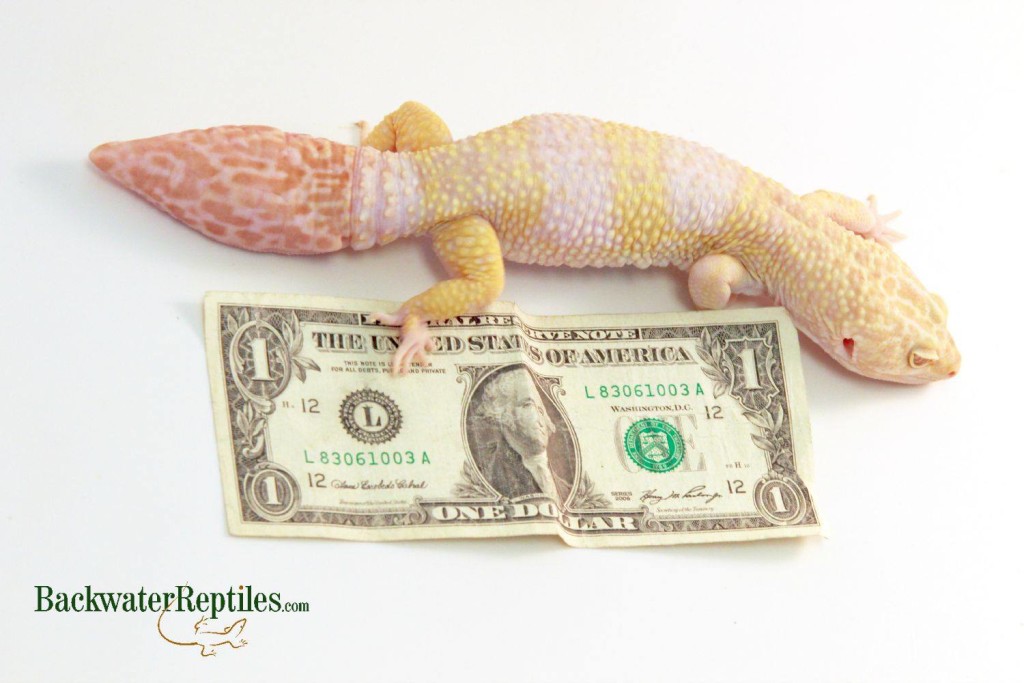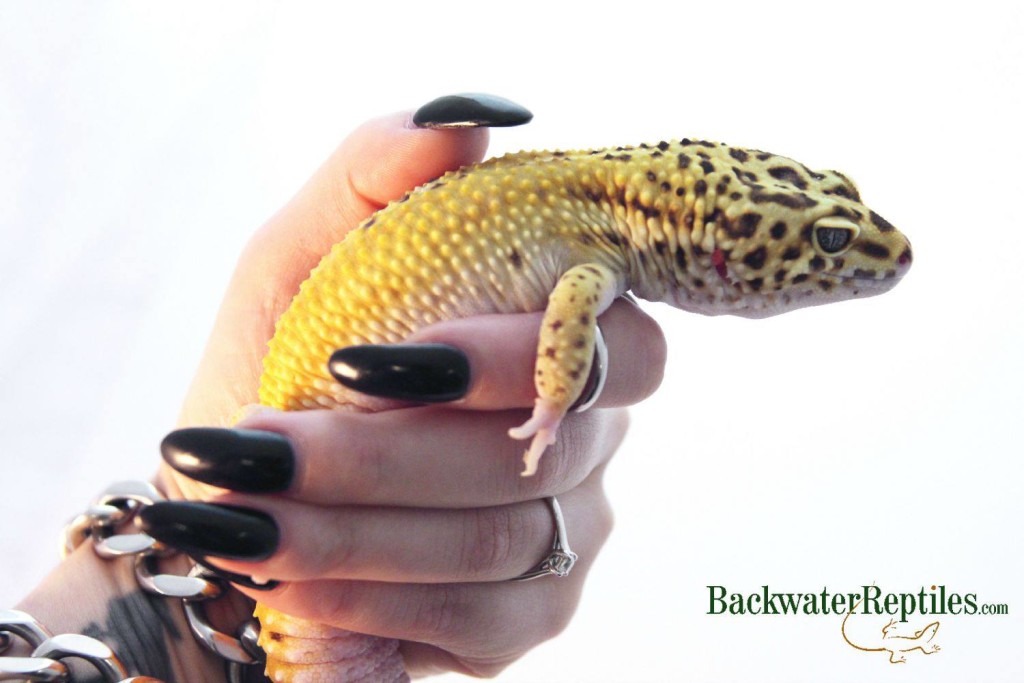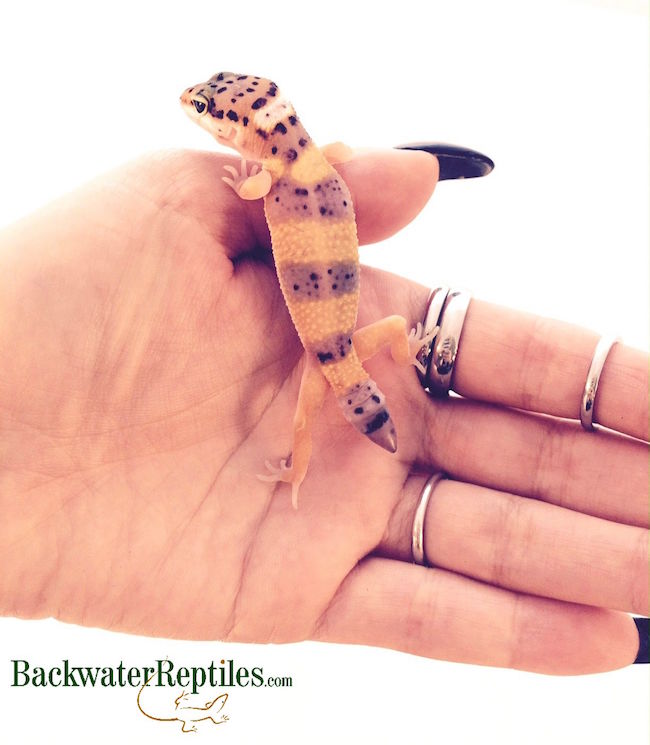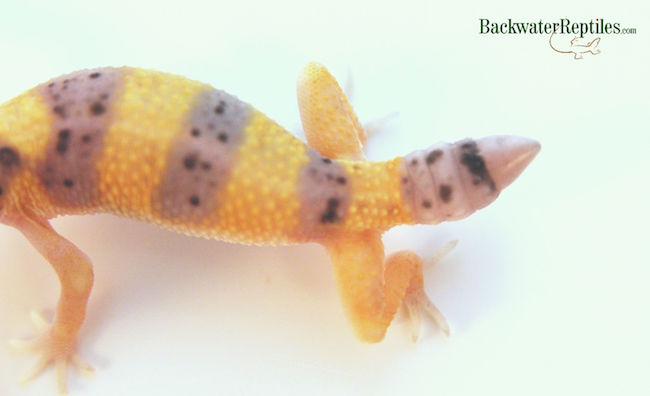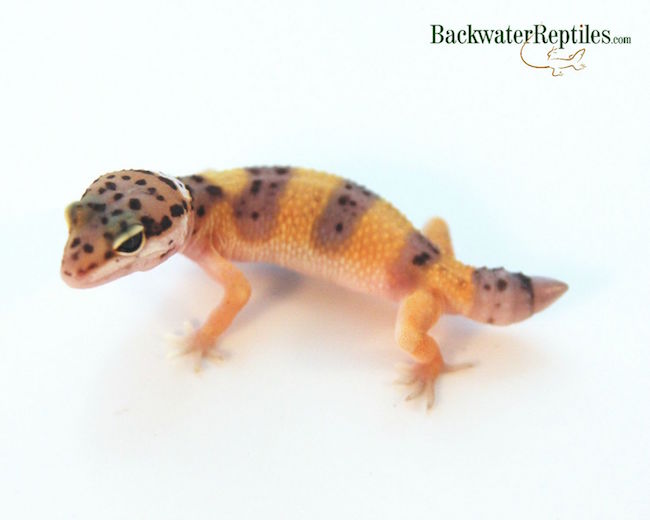Crested geckos (Rhacodactylus ciliatus) are fun and interesting pet lizards that have gained in popularity within the reptile hobby in the last few years. These cute little geckos are also known as “Eyelash Geckos” due to the miniature spiked hair-like ridges that run from their eyes down to their tails.
They can be a variety of colors ranging from dark brown, orange, red, grey, and beige. They can have no markings at all or have speckles, stripes, or bar patterns adorning their skin.

Crested Gecko tail loss
Did you know that when a crested gecko loses its tail, it then becomes known as a “frogbutt” crested gecko within the reptile world? This is because once the gecko’s tail is gone, the truncated rear end of the lizard sort of resembles a frog’s posterior.
Tail loss among crested geckos is actually not uncommon and will not harm the animal. In fact, in the wild in New Caledonia, most adult crested geckos will actually drop their tails naturally. It’s more common to see wild Cresties without tails than with tails. And other than changing the gecko’s physical appearance, losing a tail does not change the gecko’s lifestyle or impair it in any way.
Will my crested gecko’s tail grow back?
Unlike many other lizards, including the Crested Gecko’s close cousin, the Gargoyle Gecko, a crested gecko’s tail will not grow back once it has been lost. In other words, a Frogbutt Crested Gecko will always be a frogbutt.
The cells surrounding the base of the Crestie’s tail are brittle, which means that when the Crestie is threatened by a predator or stressed, the tail can easily break off. The capillaries and blood vessels in the tail will close almost instantly once the tail has been lost, so there shouldn’t be much blood loss.
It is thought that the energy needed to re-grow the tail is better used by the crested gecko elsewhere. Regenerating a tail is very costly in terms of energy and resources needed, so it is assumed that crested geckos have simply learned to live without their tails.

What causes a crested gecko to lose its tail?
The reason a crested gecko loses its tail can be complicated or simple.
Sometimes a crested gecko is a bit skittish by nature and can be predisposed to drop its tail due to its high-strung nature. With these types of geckos, a loud noise or sudden movement can be enough of a trigger to cause the gecko to drop its tail.
Cresties with more calm demeanors will usually only drop their tails in captivity if they feel threatened or scared. Because it’s a defense mechanism, try not to make your Crestie feel like you’re a potential predator. Move slowly and within your gecko’s line of vision to try to avoid any surprises.
What to do if your crested gecko drops its tail
First of all, don’t be alarmed if the tail wiggles autonomously. The dropped tail is meant to deter and distract predators, so it is natural for it to continue to move and twitch on its own.
If your gecko’s enclosure has gravel, sand, or other small particulate substrate, we recommend moving your gecko temporarily to a small, clean container with no substrate or paper towels liners. This will help ensure that no loose pieces of substrate accidentally cling to the wound and cause it not to heal or to become infected.
Although you might feel inclined to do so, it’s not necessary to put any kind of salve or ointment on the gecko’s stub. The only time this might become necessary is if you notice the stub looks infected. In that case, it is acceptable to put a little bit of antiseptic such as Neosporin on the wound.
If the stump ever begins to ooze, your gecko needs to see a vet. This is a rare occurrence, but once the tail has gotten that infected, veterinary care will be required for the gecko to survive.

Conclusion
Frogbutt geckos are not uncommon in the wild or in the reptile hobby world. This “new look” only affects the gecko cosmetically and personally, we think frogbutts are just as cute as Cresties with a full tail.
If you think you’re ready to welcome a Crested Gecko of your own into your home, Backwater Reptiles does have frogbutt crested geckos available as well as crested geckos with intact tails.


